Ed Note: This post on Great Lakes Pollution was originally published in 2012. It’s one of the most viewed and searched for on ThumbWind. With budget cuts on the EPA by the current administration it’s feared that the Great Lakes and Saginaw Bay will once again experience muck and fecal encrusted beaches.
Feces In Great Lakes Beaches – Lake Huron Muck
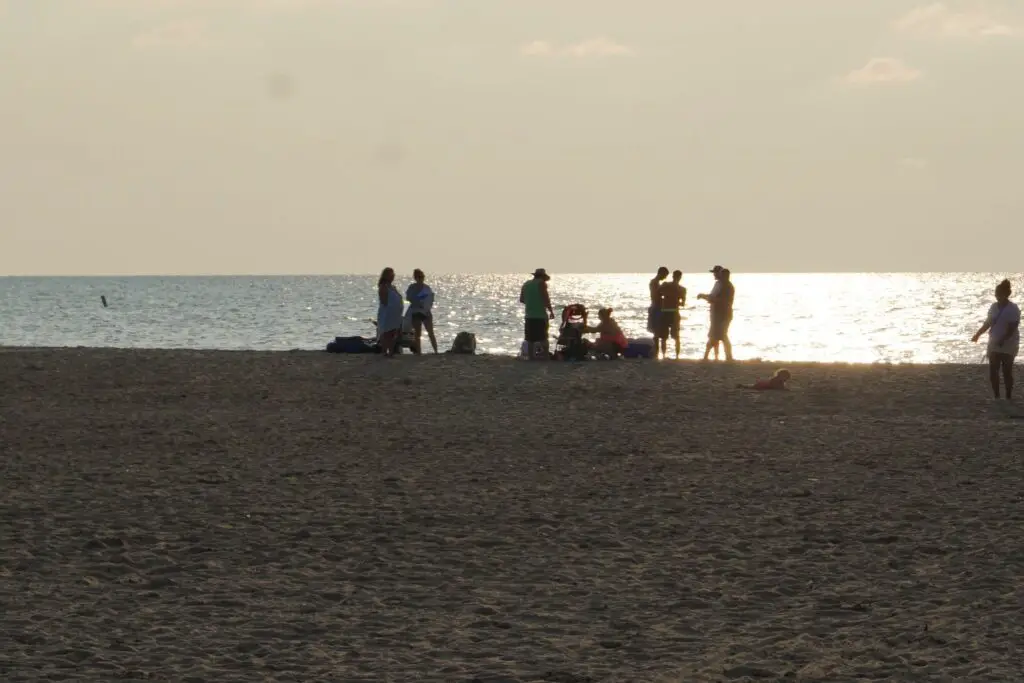
We were trying to think of a tactful headline for this piece but decided to cut to the chase. Huron County lakefront owners have known for years that the declining water quality in Saginaw Bay is due to two factors. 1) Outdated and failing septic tanks and overflow from Saginaw and Bay City from the Saginaw River. 2) Concentrated Animal Feeding Operations CAFOs. Now we have actual experts that confirmed local suspicions of what exactly is in the muck that has been appearing on beaches.
Michigan Universities Research Great Lakes Pollution
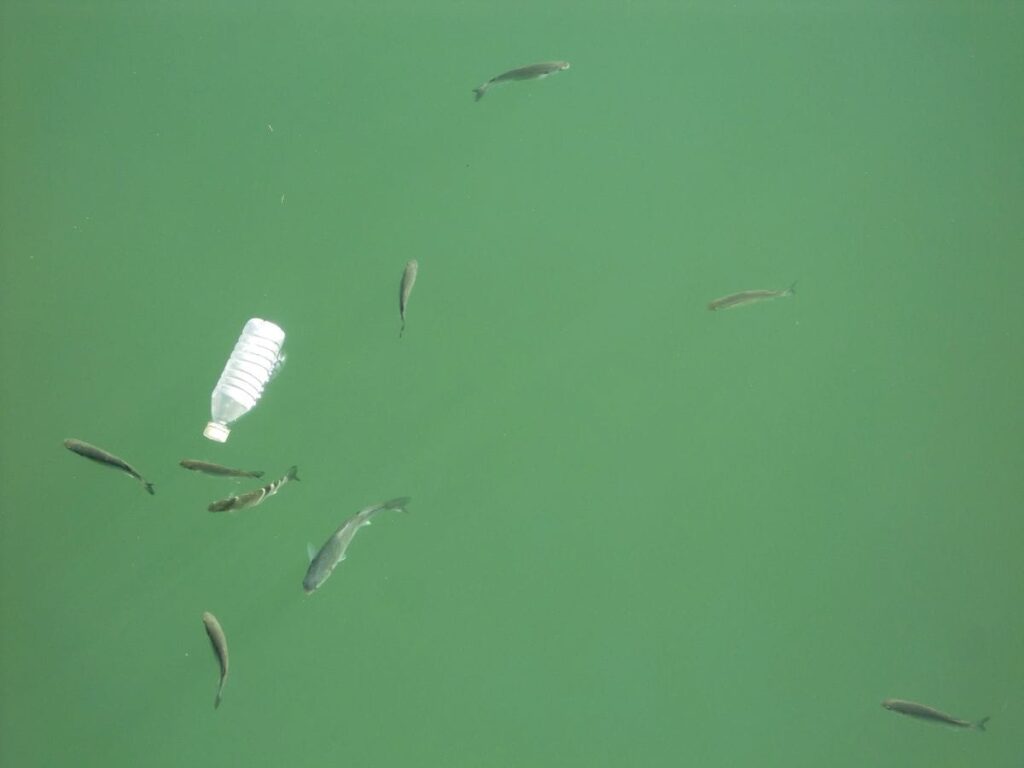
At a Saginaw Bay Watershed Conference held at Saginaw Valley State University in 2012, Marc Werhougstraete, a Michigan State University Department of Fisheries and Wildlife research assistant, said muck means sewage and fecal matter are likely evident. It was the most straightforward answer given to lakefront owners, civic leaders, and concerned citizens in years.
The dark smelly blue-green muck is composed of different types of algae, macrophages, and decomposing organic matter that varies from season to season. In research Werhougstraete conducted at the Bay City State Recreation Area, he found both human and bovine feces (poop) in the muck.
So…The Muck on the Beach is Poop
His advice was if you see the muck on the beach, think “poop”. Don’t go into the water and don’t let your kids play in the wet sand. “To reduce risk of contracting illness”, said Werhougstraete, “avoid contact with muck, wash hands when in contact with it, and do not submerge your head in the water.”
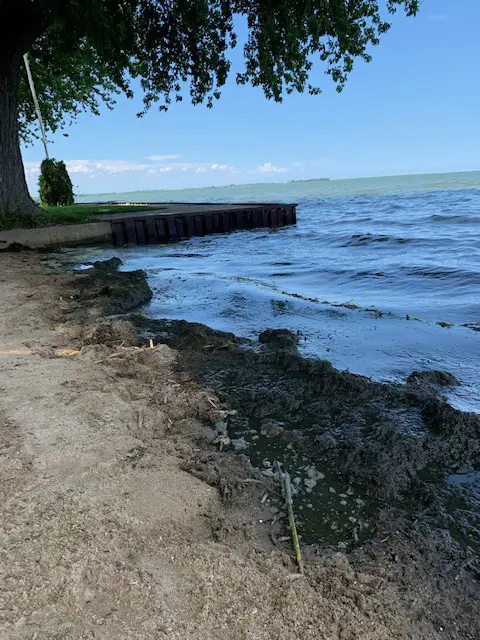
Common muck management, such as raking, also can release pathogens. People cleaning beaches should do so in the morning, when the beaches are less busy and the sun can kill bacteria, Werhougstraete said.
Evidence of Great Lakes Pollution Seen from Space

The algae and muck have gotten so bad in recent years it now compares with the situation Lake Erie faced in the 1960s. Focus on Great Lakes pollution is now such a concern that NASA released pictures shot from the space station that showed the full algae bloom in 2011.
Research on Great Lakes Pollution
MLA Citation for this Story
Hardy, Michael. “Great Lakes Pollution – Saginaw Bay Muck Is Poop (#2) •.” Thumbwind, Thumbwind Publications, 27 Nov. 2021, thumbwind.com/2017/05/16/great-lakes-pollution.
Other Stories on Great Lakes Pollution
- Microplastics in the Great Lakes – The New York Times reports that microplastics are now identified as a serious threat to the Great Lakes ecosystem. There is no way to stop the plastic contamination from products with microplastics from entering the watershed.
- Saginaw Bay has been an EPA concern for over 30 years. – The Saginaw River/Bay Area Of Concern was listed due to contaminated sediments, fish consumption advisories, high bacteria, nutrient enrichment (e.g., phosphorus), sedimentation, degraded fisheries, and loss of significant recreational values. Part of the region near the Tittabawassee River was listed as a Superfund site and flows right into the Bay and out to Lake Huron. This listing was in 1988 when the entire Great Lakes watershed was experiencing the same high water levels as we are now in 2017.
- Port Crescent State Park Sites on a Ghost Town – Port Crescent State Park is one of the largest state parks in southern Michigan. Located at the tip of Michigan’s “thumb” along three miles of sandy shoreline of Lake Huron Saginaw Bay, the park offers excellent fishing, canoeing, hiking, cross-country skiing, birding, and hunting opportunities. It’s a popular tourist destination, and with its designation as a Dark Sky preserve, it gets stargazers every clear summer evening. However, a little-known aspect of this park is that it sits on the location of a Michigan ghost town.
- Microplastic in the Great Lakes – Blame Your Laundry – “Plastics are not just acting as mimic food, but they can also cause physical damage to the organism,” she said. She has examined fish guts and found plastic fibers — possibly from the breakdown of synthetic fabrics through clothes washing.
Featured image from NOAA Great Lakes Environmental Research

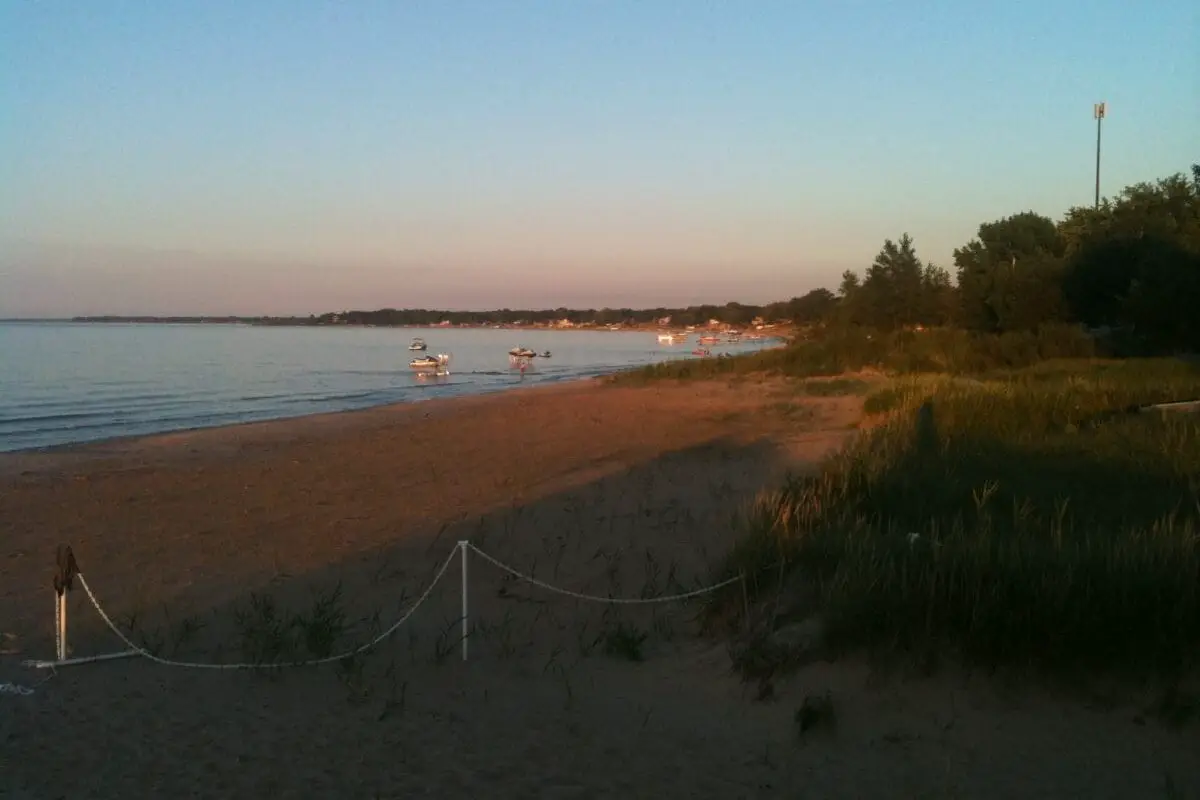
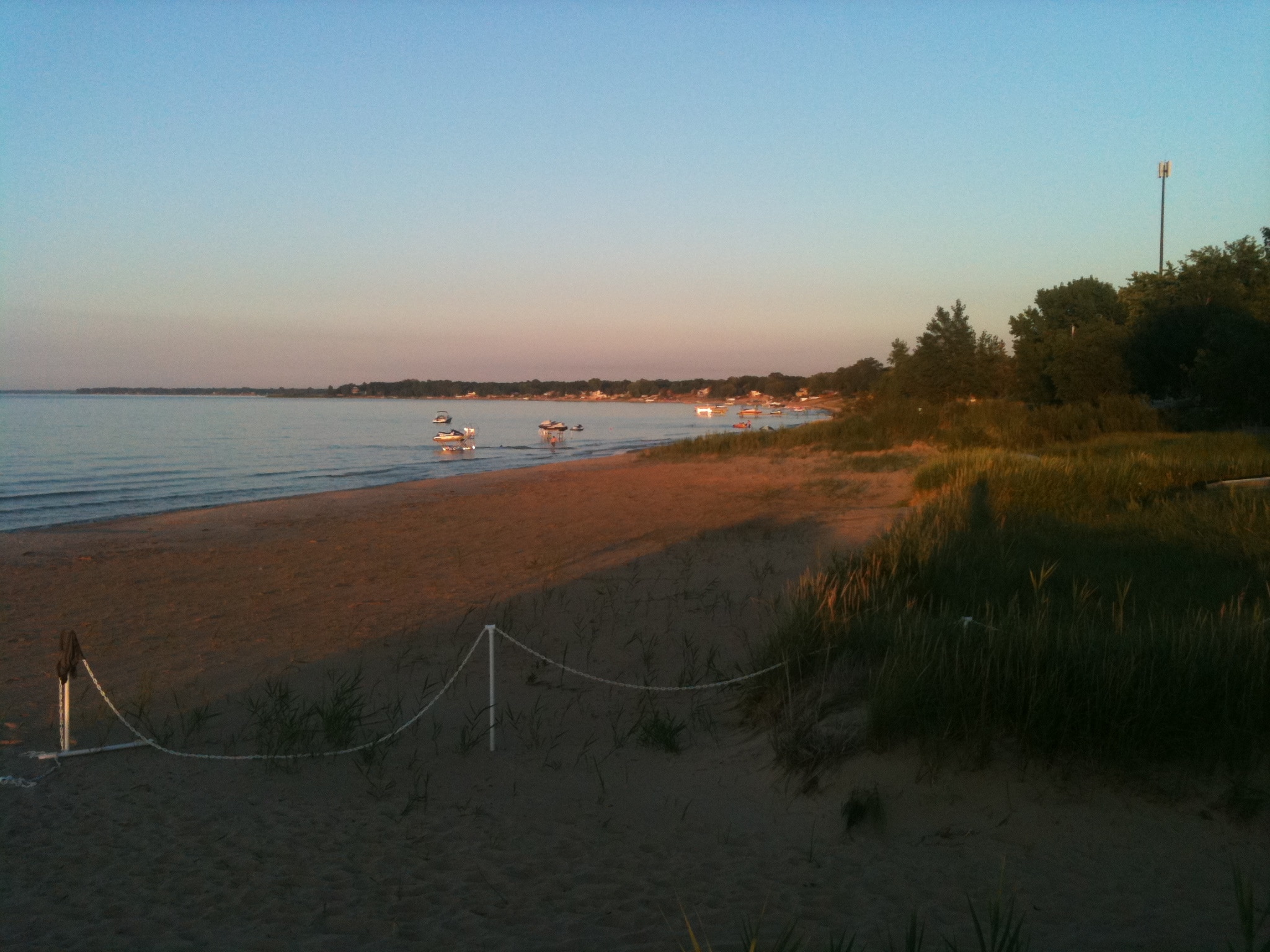

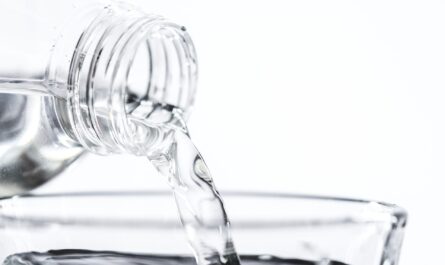
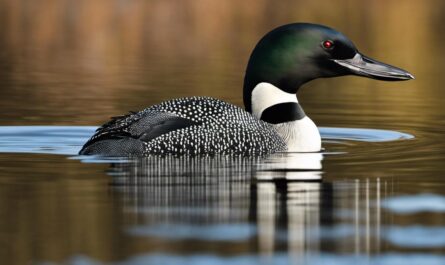
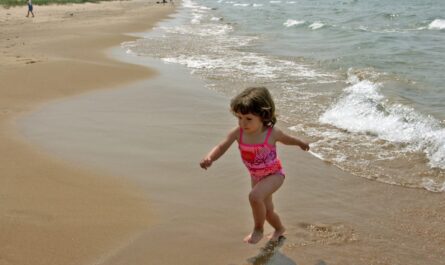
It’s been my experience that lakefront property owners are those most likely to deny the role that inadequate septic systems play in polluting Saginaw Bay. They’re quick to blame (correctly, in my opinion) overflow from Bay City and farm run-off (via tiled fields and county drains), but are loathe to accept their own responsibility.
Bob…You make an excellent point however it’s a numbers game. Honestly there just is not enough year around “lake front owners” that would generate the tonnage of feces that is currently floating out in the Bay. Plus how do you explain the Bovine manure? In my 50 years, I’ve never seen a cow on the beach….but I’ve seen their crap going down the Pinnebog river from the Danish CAFOs.
I didn’t mean to suggest that lakefront homes with inadequate septic systems
were the primary cause, but they certainly are a cause, and it doesn’t seem unreasonable that before pointing fingers at others (however justified) one gets their own affairs in order. However, as I wrote, there seems to be a reluctance to admit that they are a part of the problem.
You’re correct in writing that there are relatively few homes occupied year ’round. On the other hand, it’s May-September, when the water is warmer and therefore more conducive to algal growth and homes are filled with families and friends flushing toilets dozens of times/day, that inadequate systems are experiencing a demand they aren’t up to handling.
I thought I explained the bovine manure. It’s spread on tiled fields, then rain washes it into the drains which lead to the river and ultimately the lake.
By the way, I hadn’t seen a cow on the beach either, until my wife and I were in Northern Ireland last September. We were driving a very picturesque road overlooking the North Channel of the Irish Sea when several hundred feet below us we saw a small herd of cattle walking down the beach. It wasn’t long after that we had to stop the car because of a larger herd of sheep crossing the road- I think they stage those events for American tourists.